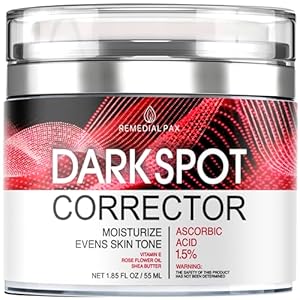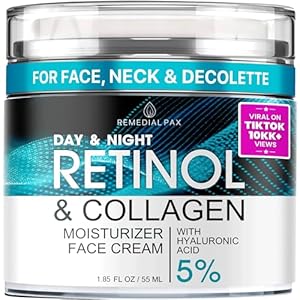
It seems clear that it is a good idea to remove the excess senescent cells generated by a cancer therapy after the cancer is defeated, or at the very least permanently suppress the inflammatory signaling generated by those senescent cells. The added burden of cellular senescence carried by cancer survivors is likely a major contribution to a shorter life expectancy and raised risk of age-related disease. Whether it is a good idea to remove or alter the behavior of senescent cells during cancer therapy, while a cancer is still active, remains a debated topic. The answer may be different on a cancer by cancer basis. The presence of senescent cells can both harm and help the growth of cancerous cells, but which effects dominate in any given context may be hard to determine in advance, depending on the biochemistry of the cancer, tissue type, number of senescent cells, and other factors.
The aging microenvironment, as a key driver of tumorigenesis and progression, plays a critical role in tumor immune regulation through one of its core features – the senescence-associated secretory phenotype (SASP). SASP consists of a variety of interleukins, chemokines, proteases, and growth factors. It initially induces surrounding cells to enter a state of senescence through paracrine mechanisms, thereby creating a sustained inflammatory stimulus and signal amplification effect within the tissue microenvironment. Furthermore, these secreted factors activate key signaling pathways such as NF-κB, cGAS-STING, and mTOR, which regulate the expression of immune-related molecules (such as PD-L1) and promote the recruitment of immunosuppressive cells, including regulatory T cells and myeloid-derived suppressor cells. This process ultimately contributes to the formation of an immunosuppressive tumor microenvironment.
Furthermore, the article explores potential anti-tumor immunotherapy strategies targeting SASP and its associated molecular mechanisms, including approaches to inhibit SASP secretion or eliminate senescent cells. Although these strategies have shown promise in certain tumor models, the high heterogeneity among tumor types may result in varied responses to SASP-targeted therapies. This highlights the need for further research into adaptive stratification and personalized treatment approaches. Targeting immune regulatory mechanisms in the aging microenvironment – particularly SASP – holds great potential for advancing future anti-tumor therapies.
Trending Products











